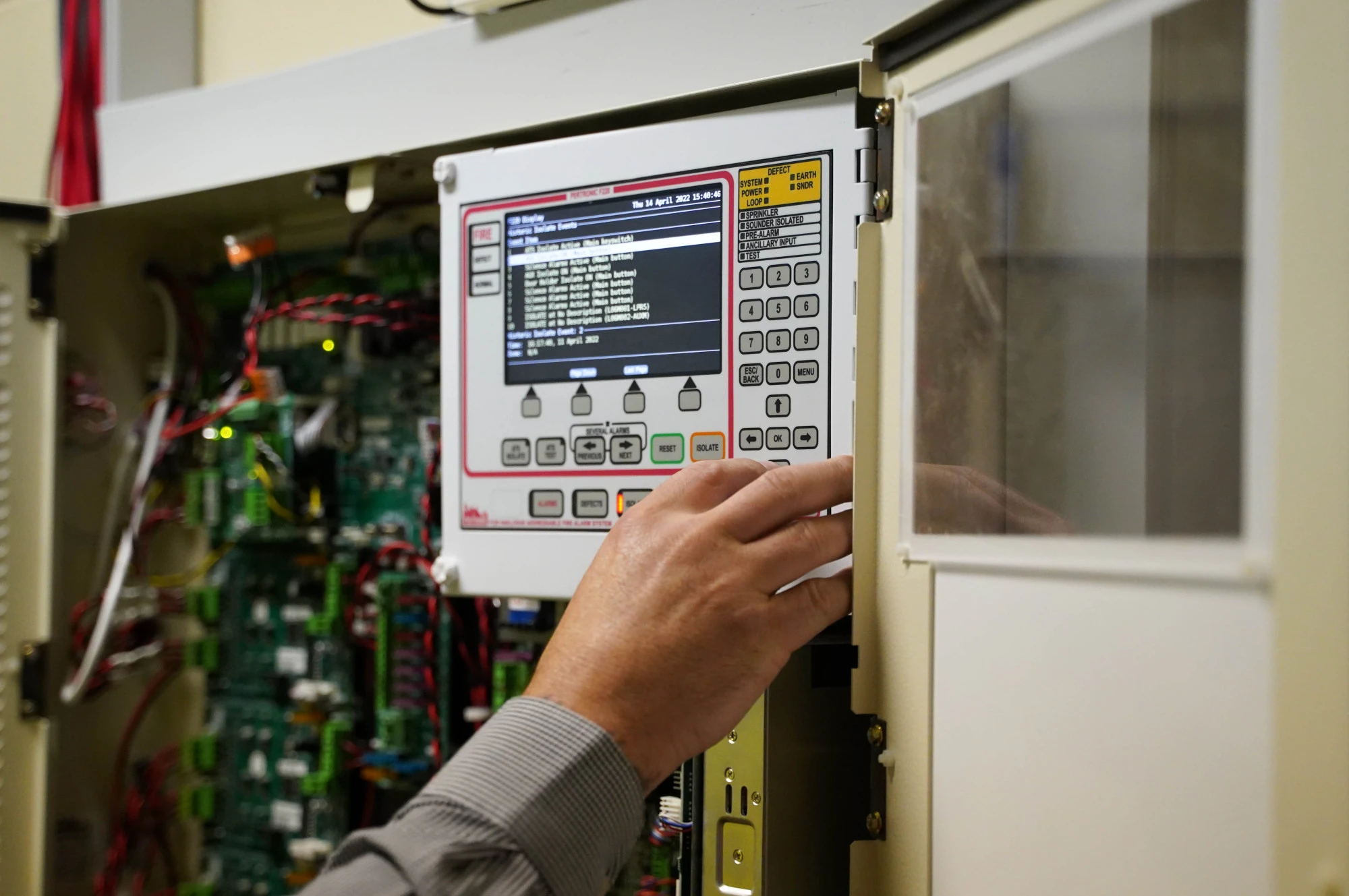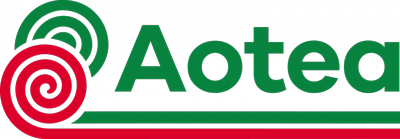
Fire Alarm Systems
The New Zealand Building Code allows for six types of fire alarm systems, but the primary options for most users come down to conventional and analogue-addressable systems. These two types of systems differ in functionality and complexity, and understanding these differences can help determine the best choice for your facility’s needs. At Aotea Fire, we offer a full range of fire alarm systems, expertly tailored to suit any installation, from smaller premises to large, complex buildings.
Conventional Alert Systems
Conventional fire alarm systems operate as basic on/off switches that signal when a detector is activated. Connected to a central control panel, these systems provide essential fire detection and warning capabilities by identifying the general area or "zone" where the alarm has been triggered. However, they don’t pinpoint the exact location of the alert, making them a cost-effective and reliable choice for smaller premises or straightforward applications where broad coverage is sufficient.
These systems are ideal for settings such as small businesses, warehouses, and other facilities that prioritize affordability and simplicity over detailed location information. With straightforward installation and minimal maintenance requirements, conventional systems offer dependable, no-fuss protection for basic fire safety needs.
Analogue-Addressable Systems
For larger, more complex buildings, analogue-addressable fire alarm systems provide a higher level of control, specificity, and integration. Unlike conventional systems, analogue-addressable systems maintain continuous, two-way communication between the control panel and each individual detector. This enables precise, location-specific alerts, so you’ll know exactly which detector was triggered. The system can identify specific areas within a zone, allowing for faster response times and a more targeted approach in an emergency.
Analogue-addressable systems can also be networked with adjoining fire protection systems, creating a cohesive and centralized fire safety solution. These systems are often programmed to conduct routine health checks on each detector, proactively monitoring for faults or maintenance needs and ensuring that each component is ready to respond at all times. This self-diagnostic capability adds a layer of reliability and operational integrity, making them ideal for complex environments like high-rise buildings, hospitals, shopping centers, and industrial facilities where system reliability and pinpoint accuracy are critical.
At Aotea Fire, we have extensive experience in designing, specifying, and installing analogue-addressable systems. Our team is adept at integrating these systems into comprehensive fire protection frameworks that include detection, suppression, alarms, and evacuation protocols. We work closely with you to understand the unique layout, risks, and requirements of your facility, ensuring that your system not only meets code requirements but also delivers the level of protection and ease of use that your operation demands.
Choosing the Right System for Your Needs
Selecting the right fire alarm system is crucial to ensuring effective fire protection and compliance with New Zealand regulations. At Aotea Fire, our team of experts can guide you in choosing between conventional and analogue-addressable systems based on the size, complexity, and specific needs of your premises. With our support, you can trust that your fire alarm system will be a well-integrated part of a broader fire protection strategy, providing safety, reliability, and peace of mind.
